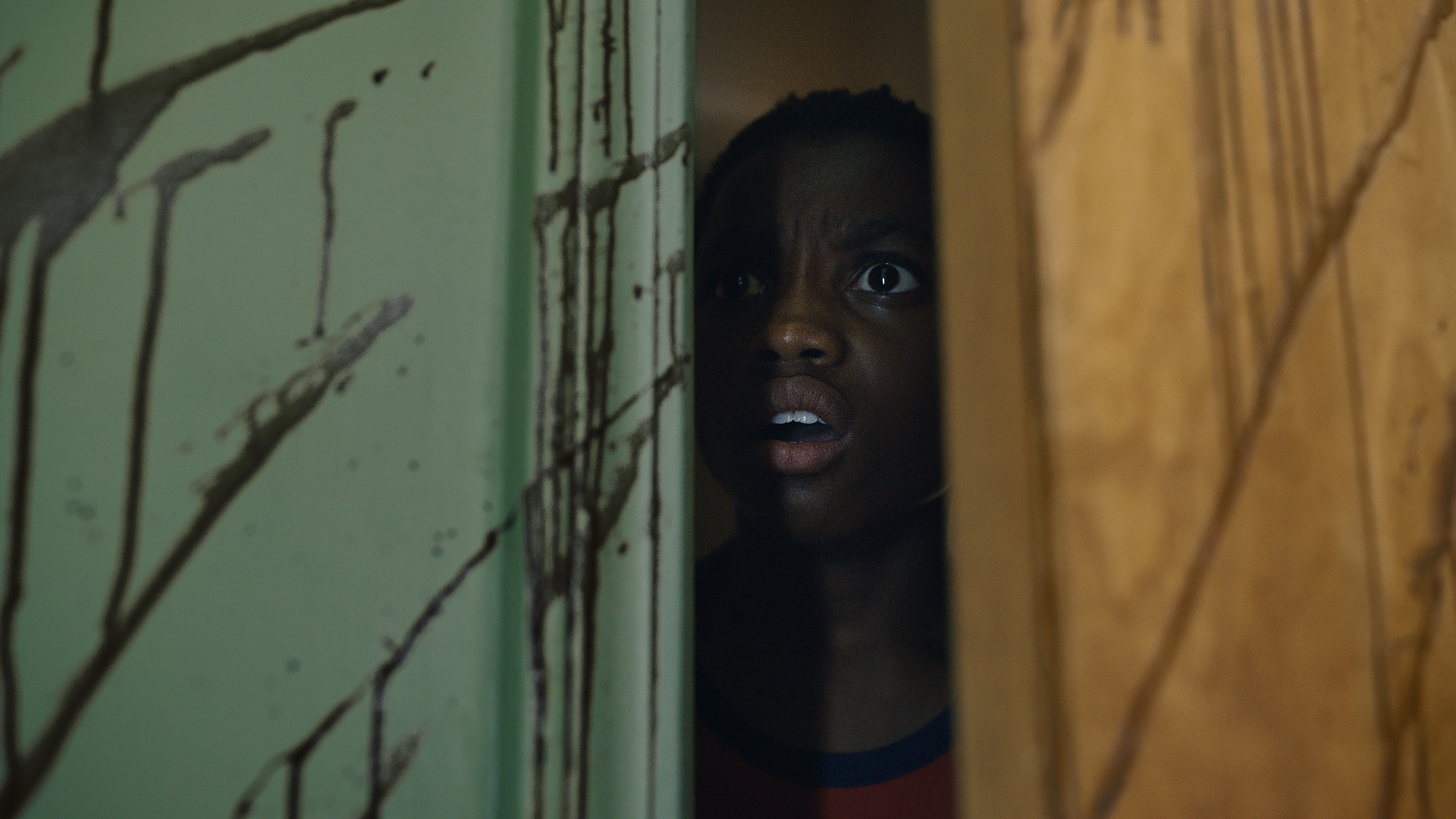‘Candyman’: The Importance of Body Horror
The horror genre has a wide span of sub-genres. While some are more psychological in nature, others focus more on bloodshed. The slasher genre is one of horror’s most popular sub-genres. For example, Jason Voorhees and Freddy Kreuger have left their mark on cinema and pop culture forever. Bernard Rose wrote and directed the original Candyman. The title character went on to become an influential character in the slasher sub-genre. The film also utilizes aspects of the body horror sub-genre. The new sequel directed and co-written by Nia DeCosta hits theaters on Aug. 27.
‘Candyman’ and body horror

Body horror is genre filmmaking that focuses on disturbing perspectives of the human body. It has origins in Gothic literature, although it has become popular in North American horror storytelling. The Fly and The Blob are excellent examples of the sub-genre.
Candyman plays with the human anatomy with its title character. He lost his right hand after he was viscously tortured by a racist mob. As a result, he has a hook for a hand that he uses to gut his victims. Bees emerge from his orifices and crawl across his skin. Candyman plays with some aspects of the human anatomy in ways that make the character horrifying.
However, DeCosta’s Candyman has plans to expand on the genre in interesting ways.
Terror and gore in ‘Candyman’
Slasher movies tend to aim for the R-rating. The body count and brutal killings are generally the focus, but they don’t always need to be. DaCosta emphasized her love for the genre, but that there’s a purpose behind all of the carnage.
“I love gore, but I think it has to have its place,” DaCosta said. “I think body horror is really important. I knew that most of the gore and body horror would actually happen to characters we cared about, as opposed to throw-away, slasher stuff.”
Candyman plans to place focus on its character building and storytelling, but doesn’t appear to skimp out on the blood either. DaCosta expressed the importance of body horror on the main characters. The killings will have more meaning than simply adding to the body count. Audiences are intended to feel an emotional attachment to the characters.
Balancing gore and story
Halloween (1978) and The Texas Chain Saw Massacre (1974) are slasher films with very little blood. They place focus on the terror, rather than the gore. They tease the audience to think that they’re watching something much more violent than what’s actually being shown on screen. However, modern slasher films that avoid violence altogether tend to turn off fans of the genre.
“But we also wanted you to feel those slasher moments.” DeCosta explained. “Sometimes it doesn’t mean that you see a closeup of someone being disemboweled; it can just also be sitting outside of an apartment and pulling away as the terror happens. Yeah, we thought about it a lot.”
DeCosta sounds very intentional when it comes to the gore in Candyman. The trailers tease some of the violence and gore that’s to be expected in the new movie. However, it will be interesting to see how she utilizes body horror to continue the 1992 story. DeCosta is currently busy at work filming The Marvels for the Marvel Cinematic Universe.


